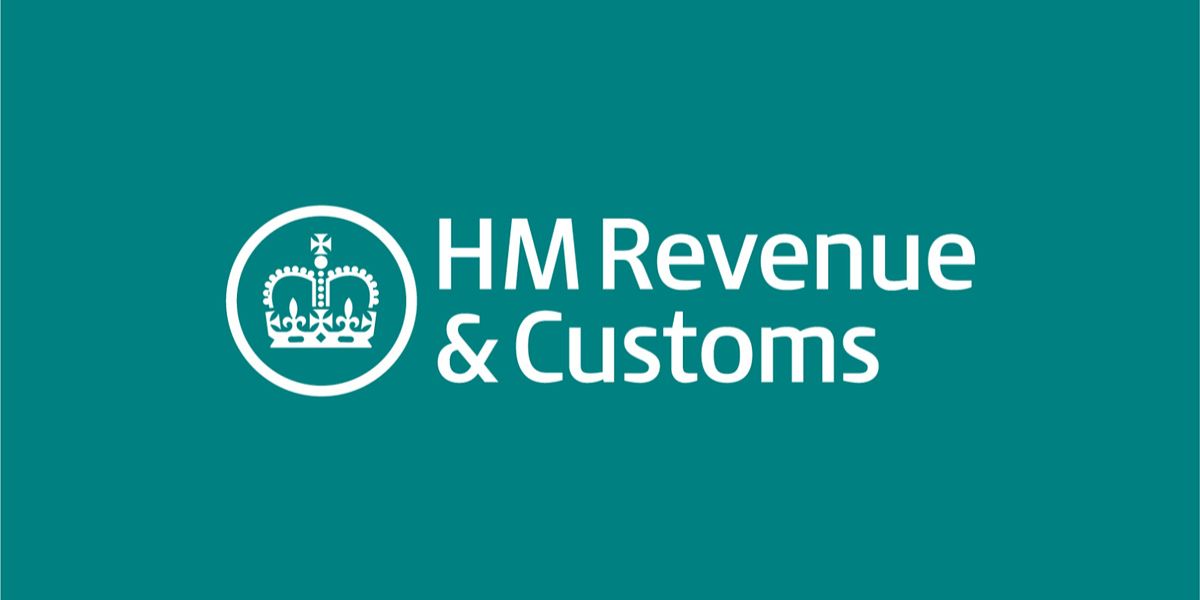On 22 July 2015 the UK tax authority HMRC launched a consultation on improving large business tax compliance.
In the 2015 budget the UK government stated its intention to open a consultation on the measures that could be taken to improve tax compliance by large businesses. The government is now proposing to introduce legislation to require large businesses to publish their tax strategy so their approach to tax planning and compliance will be available the public.
Also a voluntary code of practice on taxation for large business will be drawn up containing the best practice for large businesses. The approach will be backed up by a regime of special measures to deal with large businesses that engage in aggressive tax planning on a consistent basis or do not engage openly with HMRC.
HMRC has for some years been taking a risk-assessment approach, encouraging large businesses to engage with HMRC to resolve issues at an early stage and to engage in low risk behavior in their tax planning. Some businesses have been slower than others in adopting best practice while a minority of businesses has in the view of HMRC continued to engage in high risk tax strategies including aggressive tax planning and failure to cooperate with HMRC.
A threshold will be established to determine if a business comes within the scope of the measures. The consultation document puts forward a turnover of more than GBP 200 million or a balance sheet total of more than GBP 2 billion in the preceding financial year as a suitable threshold.
Transparency
The proposals on transparency and publication of the tax strategy of the business also include a proposal that a named individual at the level of the Executive Board level should be accountable for the published tax strategy. The description of tax strategy could be published annually in the annual report. This description could include an overview of internal governance within the business; the approach to risk management; the attitude to tax planning; the relationship with HMRC and the existence of a target effective tax rate for the business. The consultation document suggests that this could be backed up by information on how these attitudes and objectives have been applied in practice. The consultation also asks for views on what would be an effective penalty for non-compliance with the transparency requirement.
Code of Practice on Taxation
A draft code of practice on taxation for large businesses has been published as an Annex to the consultation document. The code is intended to set out best practice in the area and covers the openness of the business in tax matters and its relationship with HMRC; the internal governance within the business; and the approach to tax planning within the business.
Special Measures
In the opinion of HMRC high risk behavior by a business includes a lack of openness and failure to cooperate with HMRC; and strategies involving aggressive tax planning on a consistent basis. Where the behavior of a business falls within certain criteria it will enter an “initial notice period”. This will be judged on whether the business is regarded as presenting a significant risk to the Exchequer in terms of lost tax revenue. The assessment will be made by referring to specific criteria relating to the level of risk and the type of behavior.
Within the initial notice period the business will have an opportunity to change its behavior and approach to tax planning. HMRC will engage with the business in this period to discuss its approach to tax and set out its expectations for future behavior of the business. The business is to be given twelve months to show a significant improvement in tax behavior; and if it is considered that there is no improvement by the end of that period the business will risk entry into the special measures.
The special measures would begin with a final warning to the business that non-collaborative behavior would lead to penalties. Strand A of the special measures would include stronger reporting and disclosure requirements for engaging with HMRC; withdrawing or limiting any non-statutory clearances or informal opinions on the tax consequences or risk of certain transactions; and public naming of the business as being subject to special measures.
Strand B of special measures would apply where businesses are failing to improve their approach to tax planning and are still submitting returns that are incorrect in the view of HMRC. Strand B would include an inability to rely on the defense of “reasonable care” in relation to penalties, so any penalties charged would be on the basis that the behavior was careless or deliberate. This strand would also include the naming of the business publicly as being subject to the imposition of special measures.
After two years in special measures the business would be the subject of an exit review, taking into account behavior and attitude to tax risk; the openness of the relationship with HMRC; and the risk profile. If HMRC considers that the risk to the Exchequer is significantly reduced the business could leave the special measures regime; otherwise a further two years of special measures would be imposed.
The closing date for comments on the proposals to be submitted to HMRC is 14 October 2015.















